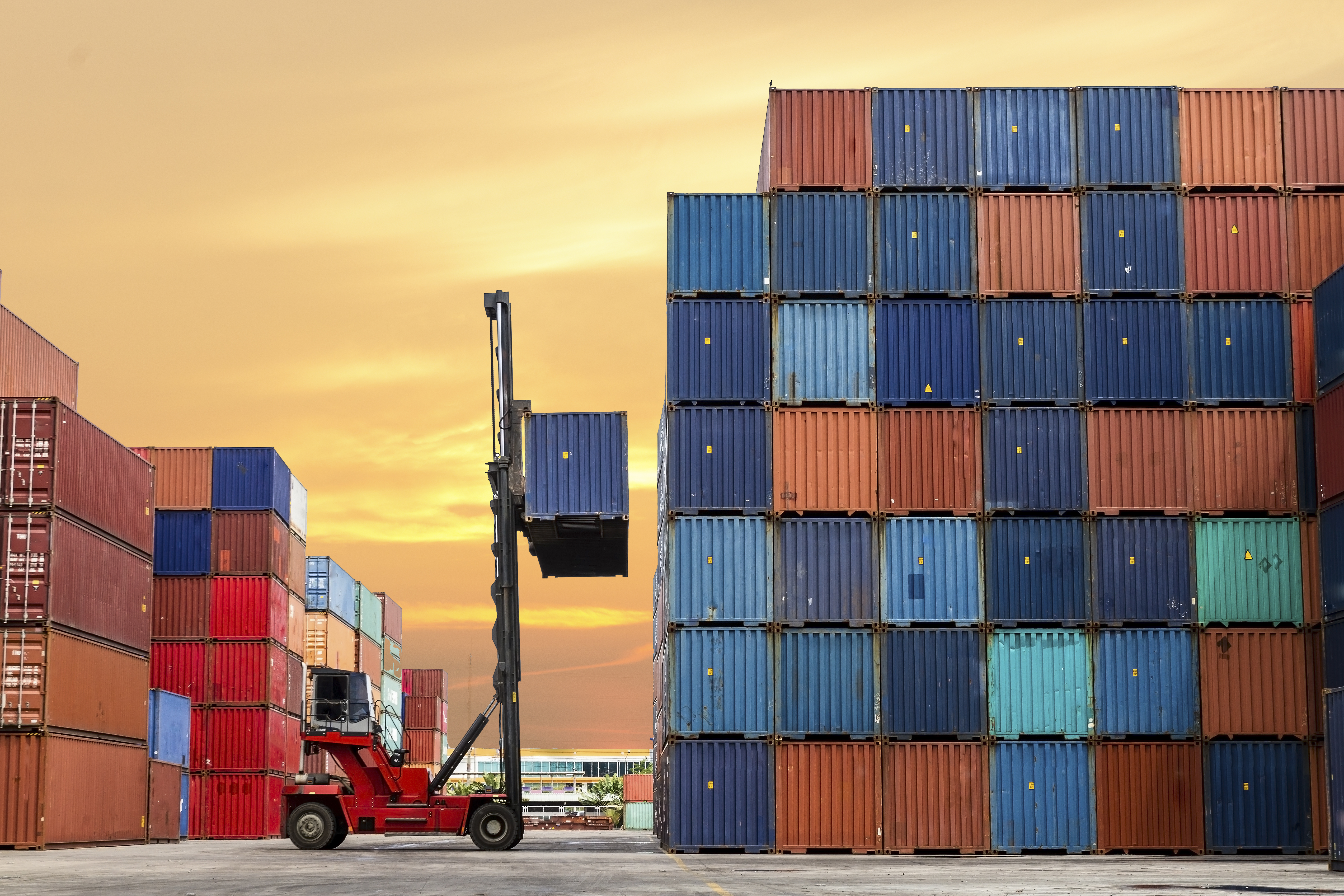
Tread the Greek path — buy assets low and sell when rates and prices are high
When an owner is planning a ship purchase what should be the criteria he bases his decision on?
We believe that spot charter rates should be a factor of minor significance in that decision. Going long on a commercial vessel is, by definition, a long-term investment and implies a long-term commitment. The definition of “long term” may indeed vary depending on different strategies but when we are statistically referring to a project horizon of five to 15 years, the long-term factor is undeniable. So it would be reasonable to argue that an investor who is financially ready to support a long-term shipping project should not pay too much attention to “today’s” freight levels. Greek shipowners are not really risk averse compared to other major players in the industry — such as the conservative Japanese, who usually commit vessels on extremely long time-charter contracts, make use of hedging instruments for bunker pricing and future payments and follow a strict strategy with regard to their fleet utilisation and renewals. Greek owners like to keep their options open. They love the spot market and in recent decades have mastered the concept of tramp shipping in most segments. Most Greek owners do not set a specific, pre-determined horizon on the lifetime of their projects but instead react to the spot levels according to the markets and follow their intuition. However, it has been proven that many, influenced by the day-to-day trends and general psychology of the markets, tend to give a little extra weight and emphasis to what the “short-term numbers” reveal. One may argue that undoubtedly short-term expectations remain probably the only reasonable assumptions, the sole base, for an investor to run projections and scenarios.
But is this the smart way to invest in such a capital-intensive industry?
Let us think what the short-term numbers dictated in the peak markets of 2007 and 2008. Was it worth it to go long then and buy a vessel at extremely high levels, based on what charterers were offering at the time, and what expectations were for the short term? Did expectations at that time prove to be within the window that reality revealed? Probably not.
Is it a smart move to buy a modern capesize bulker in excess of $100m in any market?
Would it be smarter to buy a vessel today at bottom dollar (in some cases and segments paying one-sixth of the price compared to the peak markets) along with a provision for short-term trading losses? Shipowning remains a high-risk business in any circumstance. But it would be to the benefit of the industry to explore what matters most. Simplifying things further, we have seen assets in the dry bulk sector losing between 30% and 70% of their value, depending on age and segment, within just over a year. Such volatility dictates that the entry point in shipping investments is of major importance. We believe that the price of the ship is what should matter most! In such a global industry, affected by numerous factors and policies, demand and what charterers are paying today cannot be controlled. Still one may, in a sense, influence supply by restricting newbuilding investment to reasonable fleet renewals and considering demolition of older tonnage. The past 15 years proved that what weighs most is the purchase price of a vessel and what it is worth today. The fact that when prices are indeed very low, charter rates are also dramatic, remains a fundamental principle of this industry. But this is the nature of this risky business. In order to take advantage of a favourable entry point and a well-priced ship, owners should be ready to take provisions for the trading losses involved today. It is all a matter of taking a reasonably calculated risk against market psychology. On the other hand, owners should be ready to sell an asset and exit on the high side of the market, while charter rates are high or even extremely high, again against market psychology. The right timing to sell is equally important! This is a practice Greek shipowners have followed in the past and this is, in our opinion, one of the main factors that has enabled local shipowners to grow and made Greek shipping what it is today.
Published: tradewindsnews.com (17 March 2016)
By Spyros Alexandropoulos
